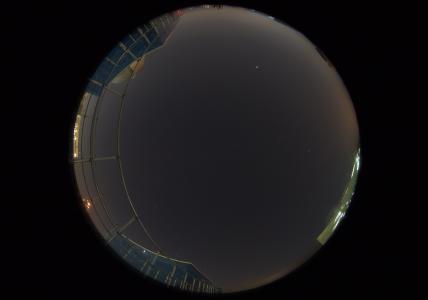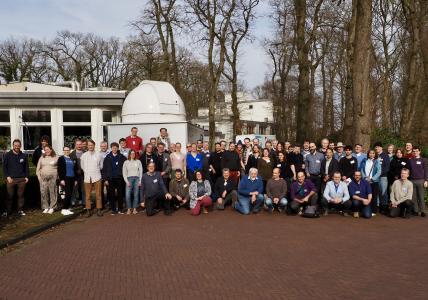SHINING A LIGHT ON LIGHT POLLUTION
In the midst of a gleaming tapestry of modern cities, the beauty of the night sky is slowly fading from our collective memory. Not only do our artificial light sources obscure our view of the cosmos, but they also compromise the well-being of wildlife, strain ecosystems, and can even negatively impact human health.
Light pollution is a global issue. Yet, as opposed to most environmental pollution on Earth caused by the hands of mankind - like how plastics roam the oceans and car emissions ascend the skies - it is not at the forefront of most of our minds. There have been studies on light as a pollutant, ranging in subject matter from the damaging effects of light-polluted skies, to the possible ways of reducing the abundance of unnatural light. However, a sound methodology to accurately measure and keep track of the pollution remains pretty much non-existent, even though we know light pollution is increasing at fast rates.
Keep it Dark (KID) seeks to change this. The project - a collaboration of the universities of Groningen (lead), Oldenburg, and Aarhus - strives to analyse light pollution along the Dutch, German, and Danish coasts of the North Sea. By means of comparison between various measurement techniques, we hope to establish reliable guidelines on the monitoring of artificial sky brightness and its evolution on a local scale. These results can, in turn, be implemented and used by policymakers to safeguard the increasingly affected World Natural Heritage Site of the Wadden Sea area. Prospectively, KID’s framework can then be extended beyond these borders to preserve as much nocturnal darkness as we can.
News
View allDISCOVER MORE
Uncover more about light pollution and how the KID team aspires to thoroughly measure it.



